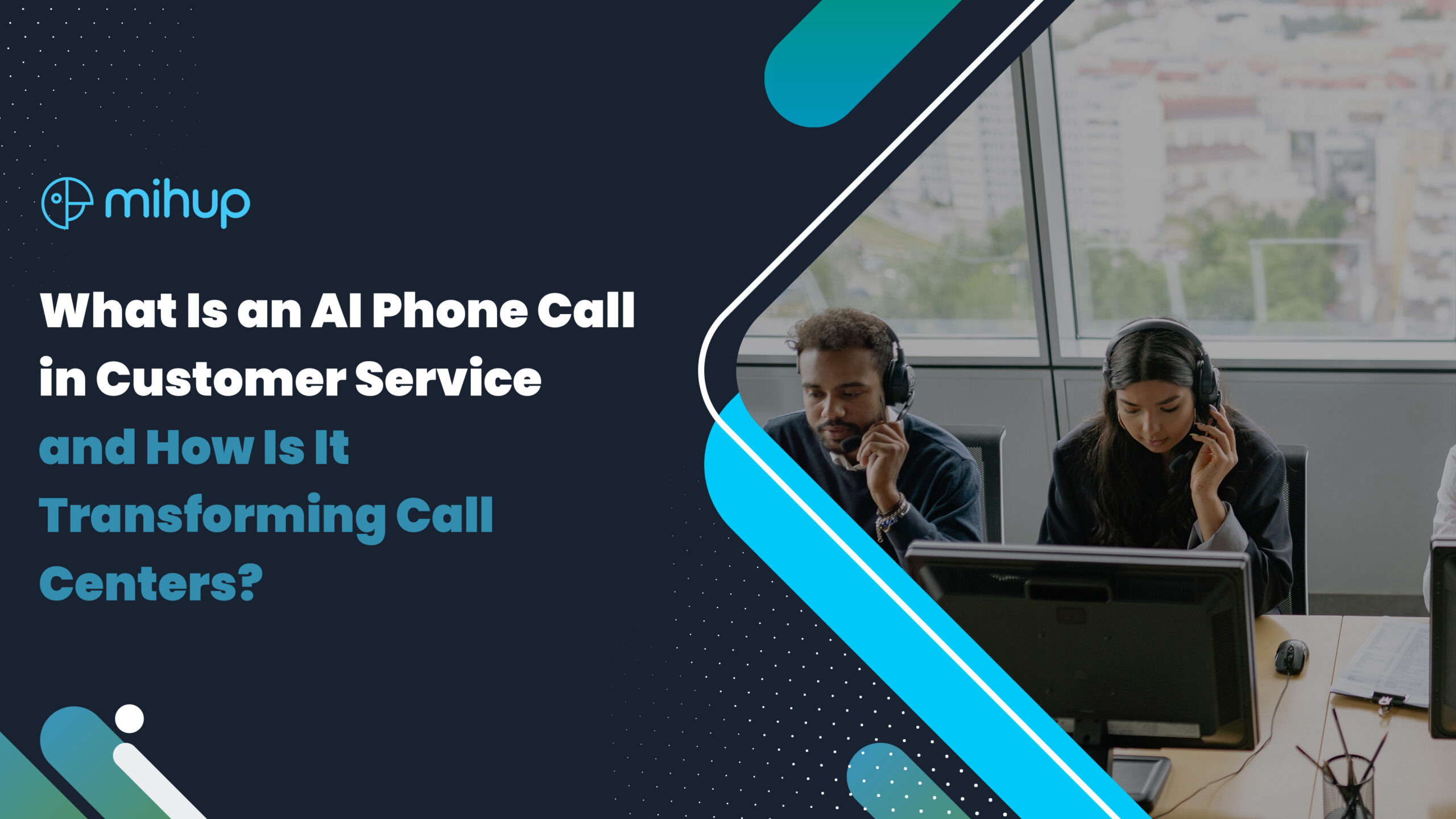Running a business is a rollercoaster. One minute you’re riding high on optimism, picturing success, and the next you’re wrestling with doubts and feeling discouraged. It’s a constant battle, and honestly, letting either of those voices take over is the first sign of trouble. We work hard on smooth operations to reach those steady growth goals, but the fact is, often hidden inefficiencies quietly sabotage our efforts. Inefficiencies like; misdirected sales efforts, missed customer feedback or insights, outdated quality checks, or compliance gaps draining your profits and holding you back? These ” Silent revenue killers” can be more expensive than you realize.
This article dives into four key areas where these hidden inefficiencies can hurt your top and bottom lines. We’ll explore practical strategies to pinpoint and fix these gaps, so you can build a business where every part works together for sustainable growth.
1. Sales: Are You Talking to the Right Prospects?
Your sales team acts as one of your most valuable resources, but even the best sales team will not perform immensely well if it is not directed toward the right prospects. Sales do not involve only making more calls; they are about making the right calls.
The constant challenge
Most sales teams consider that more calls, emails, and meetings will naturally drive more revenue. In contrast, too little segmentation leaves an opportunity for time spent on leads that are not quite ready or aren’t quite right. This misdirection can bring about:
Misdirected efforts: Salespeople can waste upwards of 30% of their time on non-revenue-generating undertakings pursuing leads that can’t and won’t convert.
Missed signals: When a prospect hints at retaining a competitor or is hesitant, those signals can be missed altogether unless there is a systematic way of capturing them, thus resulting in lost opportunities.
Disorganized or inefficient follow-up: Delays in the follow-up communication may quickly freeze even boiling leads into cold prospects, which leaves you with a bunch of zero deals and more missed deals.
Actionable Strategies
Use AI-Powered Tools: Use technology to automate the lead qualification process and highlight prospects with the highest potential.
Setup a Good Scoring System: Clearly define the criteria for identifying high-value prospects and equate the team focus to such prospects only.
Automate On-Time Follow-Ups: Use automation for timely and rich follow-up strategies to keep those leads in the sales flow.
Track and Adjust: Monitor interactions and refine your approach from your monitoring-based insights, adjust your methods so every conversation takes the prospect one step closer to converting.
Concentrating on your sales process for more valuable prospects has the potential to greatly increase your conversion rates, thereby driving revenues.
2. Customer Experience: Are You Really Listening?
In today’s competitive environment, CX is the differentiating factor for businesses. Any interaction contributes to how your customers see your business, making CX ever so important in the long run.
The CX Challenge
Customers interact with your company through several touchpoints, and with every encounter, they build an impression. If that feedback is not captured or shared promptly, the consequences can ensue:
Missed feedback: When there is no strong system for collecting and analyzing customer feedback, valuable insights are often lost.
Delayed responses: With 52 percent of customers expecting a reply within an hour and resolution on first contact, any delay, even small ones, breaks the trust of customers and makes them disengage; laggy resolutions account for a staggering $4.7 trillion loss per year.
Missed insights: Not every complaint is explicit. Subtle hints in customer feedback may indicate a whole bunch of more serious issues that need immediate attention.
Actionable Strategies
Implement Sentiment Analysis: Use real-time tools to analyze customer feedback, giving your team the capacity to uncover more subtle changes in sentiment so issues are addressed as they arise.
Real-time resolution: Push your agents to live support so that a customer can be given personalized assistance and resolution.
Create Feedback Loops: Build processes in which every piece of customer feedback reaches the right team dynamically followed by a timely response.
Personalize Interactions: Utilize consumer data such that communications are tailored toward the needs of individuals, ensuring that they feel appreciated and heard.
Adjusting to feedback and acting according will build trust, satisfaction, and loyalty toward the brand in the long term. If you wish to to provide a better and more personalized customer experience. Let’s do it!
3. Quality Audits: Are You Guessing or Knowing?
Quality assurance (QA) is important in standardizing the performance process., yet many businesses still rely on outdated manual audits that merely cover 5% of interactions thus leaving 95% of the story remains untold. Hence, decisions are made with an incomplete set of data.
The QA Challenge
Traditional quality audits generally evaluate about 5% of customer interactions, leaving almost the rest of the data unexplored. The downsides include:
Limited Visibility: Such a small sample size leaves big issues unnoticed, where inefficiency gets its free run.
Inconsistent Evaluations: Yes! Traditional manual reviews can easily be steeped in subjectivity and prone to human error, thus leading to skewed assessments.
Reactive Measures: Without real-time insight, companies can merely treat problems after they’ve escalated.
Actionable Strategies
Automate QA Process: Invest in AI-driven tools that monitor, in real-time, every interaction to give a comprehensive view of the performance.
Standardize Evaluation Metrics: Establish consistent and transparent criteria in evaluating every interaction to lessen subjectivity and enhance precision.
Leverage Real-Time Insights: Employ continuous monitoring to detect patterns and manage emerging issues, so that corrective measures are implemented promptly.
Incorporate Ongoing Feedback: Use audit insights in training practices to ensure team improvements that are based on solid evidence.
The modernization of quality audits allows you to revise the analysis from destruction to prevention, as the service standards are put in place consistently.
4. Compliance: Are You Risking Revenue with Outdated Practices?
Compliance might seem to be a mere bureaucratic necessity, but in such a regulatory landscape, it has become a phenomenal revenue defensive strategy. Failing to meet compliance standards can result in fines, operational disruptions, and a damaged reputation.
The Compliance Challenge
Nonetheless, there is inconsistency in how organizations are keeping compliance-audit checks given the manual ones, and audits are so infrequent that they are both large gaps on the business side and platforms for risk mechanisms. Here are some notable challenges:
Limited Risk Visibility: Most manual processes pick out only a fraction of potential compliance issues, letting risks build up unnoticed.
Reactive Problem-Solving: Dealing with compliance breaches by way of penalties or audits is hardly acceptable.
Inconsistent Practices: Different teams might interpret and enforce regulations differently, largely due to a lack of standardized protocols.
Operational Disruptions: The challenge faced by organizations usually shows through compliance failures when an organization is suddenly confronted with a noncompliance issue that causes utility interruptions not only incurs fines but also breaks trust with customers.
Actionable Strategies
Adopt Automated Compliance Tools: Utilize current systems that consistently monitor your operations and report potential issues.
Standardize Procedures: Formally establish organization-wide controls to ensure consistent application of compliance measures.
Train Your Team: Continuous training on regulatory updates and best practices keeps all team members aligned and aware of their roles.
Integrate Compliance into Daily Operations: Compliance should not be a separate function or task – it must be managed as part of your everyday business processes.
Strengthening compliance processes gives you the added advantage of keeping fines at the lowest level possible while increasing overall operation transparency and reliability, thus fostering the credibility of the brand.
Conclusion: Stop the Revenue Leaks—Start Fixing the Gaps
Hidden inefficiencies in sales, customer experience, and quality audits treat compliance like an interconnected web of revenue killers that silently suck the money out of profitability. They chip away at the bottom line through wasted time and effort, missed opportunities, and operational risks. However, with the right approaches, these hidden gaps could be turned into opportunities for growth. #NoMore #NoMoreMissedOppurtunties
Ready to take control of your revenue leaks? Explore innovative insights that can propel your business forward here!





